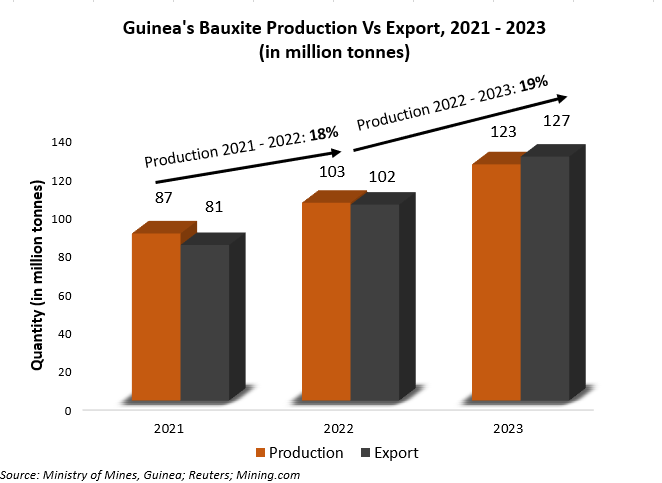【Ferro-alloys.com】:The data of global crude steel production provides insights into regional trends and their potential impact on the steel industry.
In a snapshot of the world's steel industry, the latest data released by the World Steel Association unveils of results for April 2024. While global crude steel production dipped by 5.0% compared to the same period in 2023, individual regional performances showcased varied trajectories.
Clocking in at 155.7 million tonnes (Mt) for April 2024, the global steel output indicates a notable decline, reflective of ongoing market dynamics and economic shifts. This downturn, albeit moderate, underscores the industry's sensitivity to external factors influencing demand and production.
Delving into regional , Africa defying the overall downward trend. The continent recorded a modest uptick in steel production, reaching 1.8 Mt in April 2024, marking a 1.4% increase from the corresponding period last year. This incremental growth signifies a promising trajectory for Africa's burgeoning steel sector, hinting at potential opportunities for expansion and development.
Conversely, the Middle East paints a contrasting picture, grappling with a notable downturn in steel production. With a recorded output of 4.6 Mt in April 2024, the region witnessed an 8.2% decline compared to April 2023 figures. This decline, attributed to a confluence of factors including economic volatility and geopolitical tensions, underscores the region to external pressures impacting industrial output.
Iran's steel industry has witnessed substantial growth in the early months of 2024. The country's production figures for February 2024 reveal impressive gains, signaling a positive trajectory for the steel sector.
According to data released by lran's steel authorities, the country's steel output soared to 4.8 million tons in the first two months of the year, marking a substantial 26.5% increase compared to the corresponding period in 2023.
As the global steel industry navigates a landscape rife with challenges and opportunities, these regional disparities underscore the importance of strategic adaptation and resilience. While Africa's upward trajectory signals untapped potential and growth prospects, the Middle East's downturn underscores the imperative for adaptive strategies amidst a rapidly evolving global economic milieu.
- [Editor:Alakay]



 Save
Save Print
Print Daily News
Daily News Research
Research Magazine
Magazine Company Database
Company Database Customized Database
Customized Database Conferences
Conferences Advertisement
Advertisement Trade
Trade















Tell Us What You Think